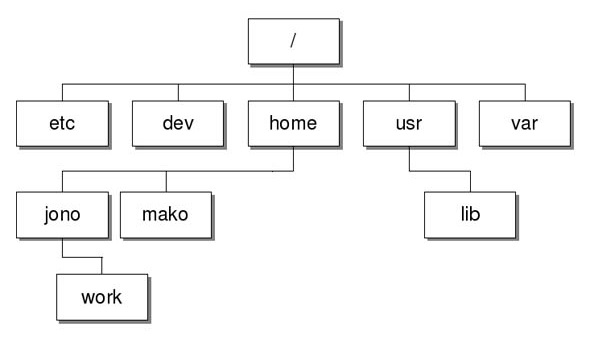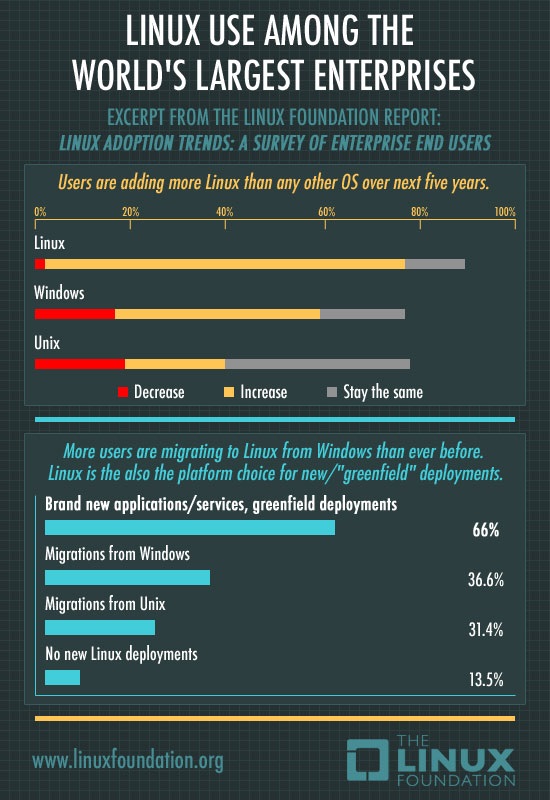Advantages of Using Linux for Industrial Automation Control
Flexibility is one of the most important assets for industrial applications and day-to-day life. Not only do operating systems need industrial protections for specific tasks, but also if flexibility is incorporated into industrial computers, it guarantees a well-rounded, reliable and productive system. This article illustrates an operating system that is most ideal for industrial automation control and how it benefits and differs from other popular systems.
What are Open Source Operating Systems?
The key to more flexible and reliable operations is utilizing open source operating systems like Linux, one of the most popular operating systems for industrial automation. An open source is a unique program where its source code offers the ability for software developers to modify the original version of software to fit their specific tasks. Open source systems define the very meaning of survival of the fittest. This is like natural selection in the computing world because of its ability to adapt and evolve in different environments and applications. Using open source software like Linux has many benefits and one of them is that it’s free.
The Differences and Benefits of Linux and Windows
Source code, as stated previously, is one of the most important differences between the two. There is not a single change where users can peak into the code of Windows software, which prevents efficient customizations for specific applications.
Because Linux is developed by a separate code base (a collection of source codes to construct a software system) and by different people, the structure is entirely different from Windows. Another key difference is how Linux organizes its directories. Linux sets up a directory system like a single hierarchy tree. Below is an example of the file tree:

Linux Offers Better Security
One of the most common reasons why companies decide to utilize Linux is because of efficient security. Windows users have complete access to everything in the operating system because it is set up that they are automatically administrators. However, this creates all sorts of security problems because it allows for viruses to access everything and corrupt important computer data. It is too easy for viruses to corrupt Windows systems. Linux’s method trumps Windows because of its way of assigning account privileges. So if viruses are a threat to the system, it wouldn’t have administrator access to do severe damage.
Linus Torvalds, the creator of Linux, presented something called “Linus’ Law”, who said, “Given enough eyeballs, all bugs are shallow.” The meaning of this phrase is that more mistakes and viruses will be caught faster with more developers that are given access to see the code. Unlike Windows, many users are able to see the code, which gives Microsoft the reputation as a target for malicious viruses and threats.
Technical Superiority of Linux Software
The reason why large businesses are relying on Linux is because open source operating systems improve overall quality and software capabilities with less cost. Without improvements in qualities, businesses will experience a loss in revenue, customers, profits and an increase of costs. Users are given the abilities to solve problems in the system collaboratively. This is a solid system that does not need rebooting for long periods of time. There is an increase of Linux users compared to the past and these large companies realize that Linux is designed for industrial mission-critical applications.

Agility, Customizability, and Freedom
Natural selection of the business world is crucial. Businesses need systems to be adaptable and customizable to the market. The reason why companies like Netflix are successful for charging so little is because it incorporates open-source operating software. One size fits all solutions usually do not go well in industrial automation because it doesn’t offer reliable security and flexibility. It is important to be able to modify solutions ideal for the user’s specific applications. The software can be altered and the source code can be viewed by any developer. A common myth for why people use open source is because it is free. But the real reason transcends it. Zenoss, a free open source platform, conducted a survey featuring five hundred IT professionals and asked them what the main reasons were for using open-source systems. The results say that more than 70 percent of them stated that the flexible nature of these systems is the main reasons for using open source.




